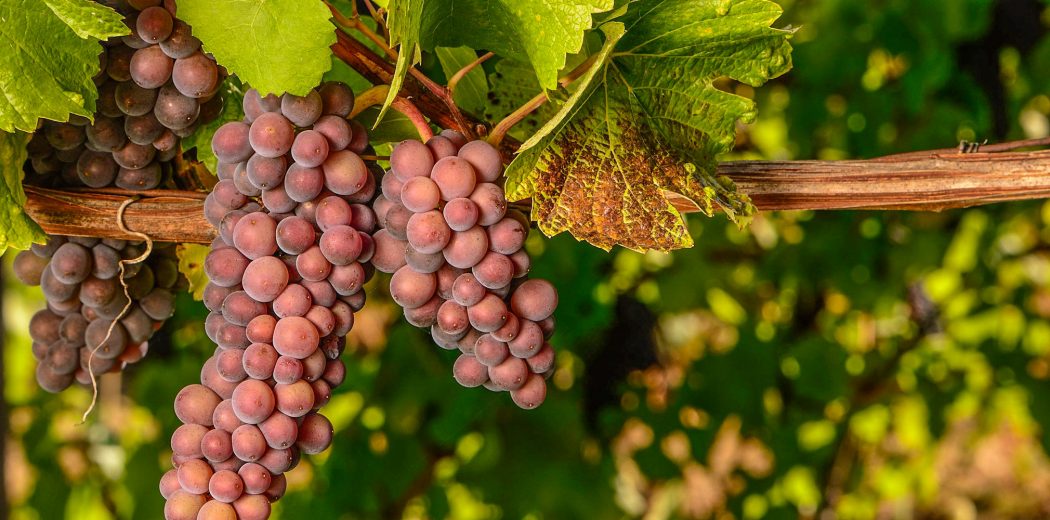If your first serving of white wine wasn’t a rich, oak-filled glass of Chardonnay, more likely than not, it was Pinot Grigio. Good old PG is beloved by an array of palates, from novice wine drinkers to well-seasoned professionals — and it’s no surprise why. The wine’s zesty acidity and crisp flavor profile make the wine super easy to drink, causing most consumers to casually pour themselves a second glass time after time. Doesn’t sound like the Pinot Grigio you’ve heard of? Here’s why.
For a long time, Pinot Grigio was reduced to a simple, easy-drinking wine, lacking complexity and served ice cold, muting any form of aroma/flavor profile contained within the juice. Americans took to the wine, pouring the stuff into massive glasses loaded with ice cubes, appreciating the affordable swill for simply that — a cheap, easy way to chug vino. However, Pinot Grigio is actually one of the most complex grapes out there. Known as Pinot Gris, Pinot Grigio or even Grauburgunder, this native French grape brings much more to the table than meets the eye.
Born in France’s famed Burgundy region, Pinot Gris is considered to be a mutant clone of Pinot Noir. The grapes are easily identifiable in a vineyard, mainly due to their pinkish-green colored skins. Because of this, wines crafted from the grape range all over the color spectrum, from almost clear to yellowish-green to copper-amber, specifically when fermented as a skin-contact wine.
When vinified as a skin-contact wine, PG can vary in color from light pink to dark copper, displaying aromas of dried fruit, herbs and spices. The wine’s refreshing yet full-bodied flavor profile make it insanely versatile on the table, especially when served with root vegetables, a variety of cheeses and/or charcuterie boards.
PG is grown all over the world, taking on extremely different flavor profiles depending on where it’s grown. In Alsace (known as Pinot Gris), the wines are generally spicy and full-bodied, sometimes crafted with a distinct amount of residual sugar. In the Veneto region of Italy, Pinot Grigio-based wines are usually extremely light and floral; this is the PG that most Americans are used to consuming. The grape has grown in popularity all over the world, especially in New World regions such as Oregon, Australia and New Zealand. Here, the wines tend to show low-medium, zesty acidity, with tropical and stone fruit flavors dominating the palate.
Next time you’re tempted to spring for an, er, affordable magnum of Pinot Grigio (you know what we’re talking about…), spend the extra few dollars and grab a few of bottles from various regions. Lessen the financial burden by exploring Pinot Gris/Grigio with a few friends, having each person bring a bottle from a different region of the world. Taste for yourself just how expressive and unique this OG grape variety can be!








